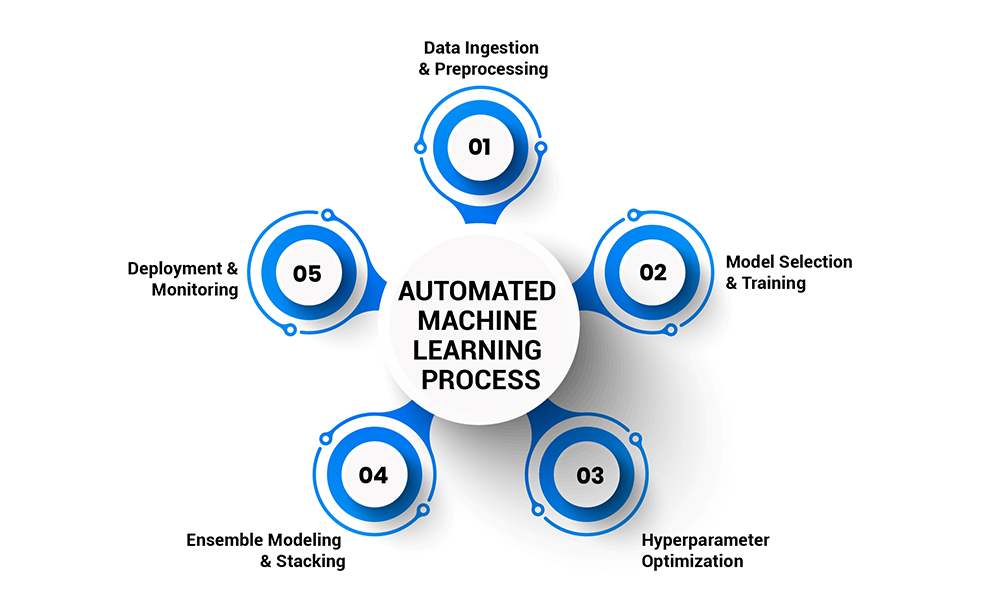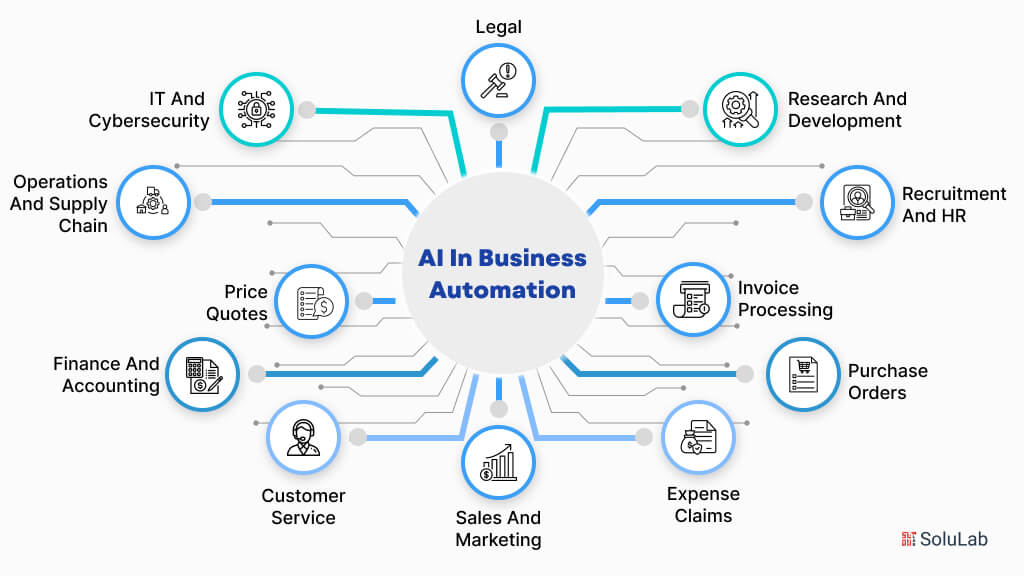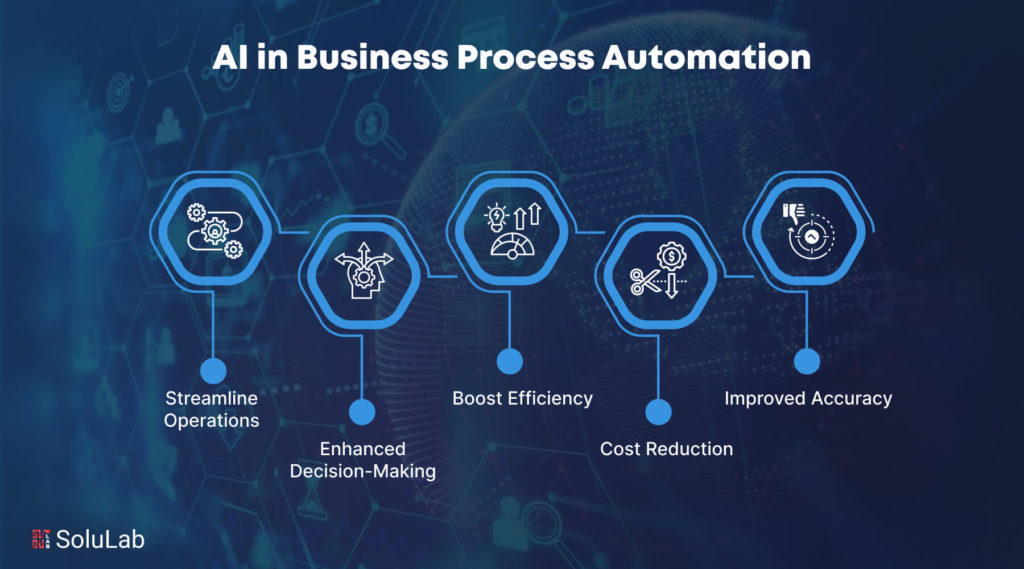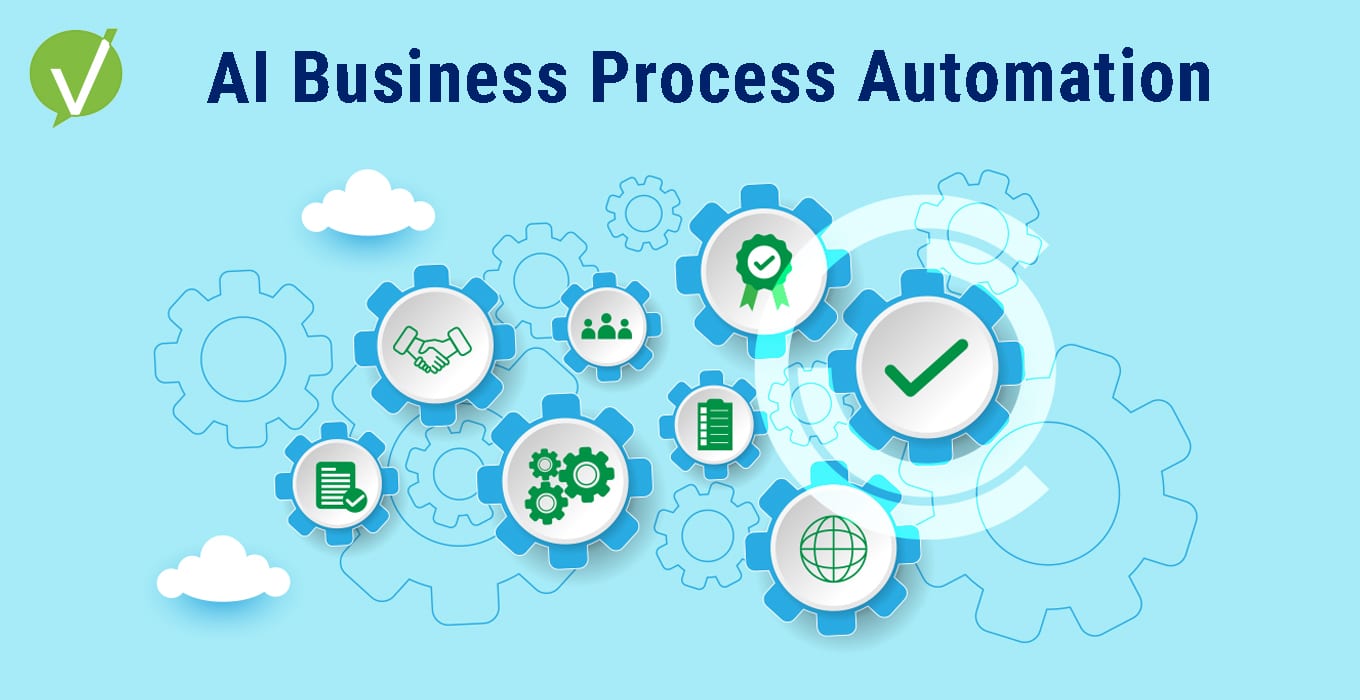
Introduction
Definition of Machine Learning Solutions
Machine learning solutions refer to a class of artificial intelligence that enables systems to automatically learn and improve from experience without being explicitly programmed. Essentially, these solutions analyze vast datasets, identify patterns, and make data-driven decisions. For example, businesses can implement machine learning algorithms to predict customer behavior, forecast sales, or even customize recommendations in real time. The adaptability and scalability of these solutions make them invaluable in today’s fast-paced commercial environment.
Importance of Automation in Business Processes
Automation in business processes is crucial, as it streamlines operations and enhances overall efficiency. By integrating automation, companies can benefit significantly. Here are some key advantages:
- Time Savings: Automating routine tasks frees up employees to focus on strategic initiatives.
- Consistency: Automated processes ensure uniformity in task execution, reducing human error.
- Scalability: As business demands grow, automation can easily be scaled to accommodate increased workloads.
For instance, a company that automates its customer service through chatbots can handle multiple inquiries simultaneously, improving response times and customer satisfaction. As businesses adapt to an increasingly digital landscape, the combination of machine learning solutions and automation becomes essential for sustainability and growth.

Understanding Machine Learning
Types of Machine Learning Algorithms
As businesses delve into the realm of automating processes, understanding different types of machine learning algorithms becomes essential. There are primarily three categories:
- Supervised Learning: This method involves training a model on a labeled dataset, helping it to make predictions or decisions based on input data. For example, an email filtering system uses supervised learning to classify emails as spam or not.
- Unsupervised Learning: Unlike supervised learning, this algorithm deals with unlabeled data. It identifies hidden patterns or intrinsic structures within the dataset. An example is market basket analysis, where businesses understand customer purchasing habits.
- Reinforcement Learning: This technique is inspired by behavioral psychology. It involves an agent that learns by receiving feedback from its actions. Imagine a virtual assistant that learns to enhance its responses based on user interactions over time.
Application of Machine Learning in Business
The applications of machine learning in business are vast and transformative. Companies utilize these algorithms to gain insights, improve operations, and drive decisions. Here’s how:
- Customer Analytics: Analyzing customer behavior to tailor marketing strategies.
- Predictive Maintenance: Anticipating equipment failures to schedule proactive maintenance.
- Fraud Detection: Identifying suspicious activity in financial transactions.
For instance, major retailers use machine learning algorithms to optimize inventory management, ensuring they meet demand without overstocking. As we can see, the integration of these algorithms is a game-changer for businesses looking to stay competitive in a digital-first world.

Automating Business Processes with Machine Learning
Identifying Routine Tasks for Automation
Now that we’ve explored the foundations of machine learning, it’s time to put this knowledge into action. The first step in automating business processes with machine learning is identifying routine tasks that can be optimized. Common candidates include:
- Data Entry: Tedious manual input of information is time-consuming and error-prone. Automating this task ensures accuracy and frees up employee time.
- Email Filtering and Responses: Automating responses to frequently asked questions can enhance customer service efficiency.
- Report Generation: Regularly creating reports can be automated, providing real-time insights without ongoing manual effort.
Finding these repetitive tasks allows businesses to maximize their resources.
Implementing Machine Learning Models for Efficiency
Once routine tasks have been identified, the next step is implementing machine learning models. This process entails several key steps:
- Data Collection: Gather relevant data that will inform your machine learning model. For instance, historical sales data is critical for predicting future performance.
- Model Selection: Choose an appropriate machine learning algorithm suited to your task. For example, regression models work well for forecasting sales.
- Training and Testing: Train your model using collected data, then test its accuracy with new data to ensure its reliability.
By automating these processes, businesses not only enhance operational efficiency but also unlock the potential for innovative strategies that propel growth. As organizations embrace machine learning, the opportunities for automation become boundless.

Benefits of Using Machine Learning for Automation
Increased Productivity and Accuracy
Once businesses implement machine learning in their automation efforts, they quickly notice remarkable improvements in productivity and accuracy. The ability to automate repetitive tasks allows employees to concentrate on higher-value work, which leads to enhanced overall performance. For example, a customer service team that utilizes chatbots can manage thousands of inquiries simultaneously, freeing agents to handle complex issues that require personal interaction.
The accuracy of machine learning models also significantly reduces errors associated with manual processes. Here are a few key points to consider:
- Error Reduction: Automated systems exhibit a lower error rate compared to human counterparts, ensuring consistent quality.
- Faster Processing: Machine learning algorithms can analyze data and generate insights almost instantaneously, enabling quicker decision-making.
Cost Savings and Resource Optimization
Another substantial benefit of automating business processes with machine learning is cost savings. By reducing the need for manual labor in routine tasks, companies can allocate resources more efficiently. This leads to significant financial advantages over time.
- Lower Labor Costs: Streamlining operations can reduce staffing needs and overhead expenses.
- Resource Efficiency: Automating inventory management, for instance, minimizes excess stock and reduces waste.
A personal anecdote from a retail organization illustrates this point: after implementing machine learning for inventory forecasting, they saw a 30% reduction in holding costs, enabling them to reinvest those savings into customer engagement initiatives. By harnessing machine learning for automation, businesses not only enhance efficiency but also strategically position themselves for long-term success.

Challenges and Considerations
Data Privacy and Security Concerns
As businesses embrace machine learning for automation, addressing data privacy and security concerns is paramount. With algorithms increasingly reliant on vast amounts of data, ensuring that sensitive information is protected is critical. Organizations must comply with regulations like GDPR and CCPA, which emphasize data security measures. Here are a few key considerations:
- Data Encryption: Protecting sensitive customer data through encryption should be a top priority.
- Access Control: Ensuring that only authorized personnel can access sensitive data mitigates risks of internal breaches.
A personal experience from a financial institution highlights this challenge. After implementing machine learning solutions, they faced scrutiny regarding compliance. They quickly adapted their data management strategies, which not only protected their customers but also built trust in their services.
Integration with Existing Systems
Another hurdle organizations face is integrating machine learning models with existing business systems. Many companies have legacy systems that may not easily accommodate new technologies. Here are some strategies for effective integration:
- Scalable Architecture: Implementing a flexible and scalable infrastructure makes it easier to integrate new technologies over time.
- Collaboration Between Teams: Involving IT, data science, and operational teams fosters a smoother transition.
An anecdote from a manufacturing firm illustrates this point—they faced challenges connecting their legacy machines with new data analytics tools. However, by prioritizing collaboration and gradual enhancements, they achieved a successful integration that led to improved operational efficiencies. By navigating these challenges diligently, businesses can unlock the full potential of machine learning in their automated processes.

Case Studies of Successful Implementations
Real-world Examples of Machine Learning Automating Business Processes
Machine learning has transformed numerous businesses by automating processes and enhancing efficiency. For instance, consider a leading e-commerce company that implemented machine learning algorithms for personalized product recommendations. By analyzing customer behavior, purchase history, and browsing patterns, they were able to tailor experiences that boosted sales significantly. After this implementation, they reported a remarkable 20% increase in conversion rates.
Another compelling example is in the healthcare sector. A hospital utilized machine learning for predictive analytics to enhance patient care. By automating appointment scheduling and predicting patient no-shows, they improved resource allocation and focused on patient engagement.
Outcomes and Learnings from Deployed Solutions
The outcomes from these implementations offer valuable insights. Key learnings include:
- Embrace Data-Driven Decision Making: Organizations must rely on data insights to drive operations and enhance customer experiences.
- Continuous Learning and Adaptation: Regularly updating algorithms based on new data ensures ongoing effectiveness.
A retail chain that implemented a drive-thru AI system found that continuous learning from interactions greatly improved service times, leading to increased customer satisfaction. These case studies illustrate that when businesses harness machine learning thoughtfully, they don’t just automate processes—they truly transform the way work is done.

Future Trends in Machine Learning Automation
Advancements in AI and Machine Learning Technologies
As machine learning continues to evolve, several advancements are shaping its future, particularly in automation. One exciting development is the rise of Federated Learning, where models are trained across decentralized devices, allowing for improved data privacy while still leveraging global data insights. This approach is particularly beneficial for industries like healthcare, where sensitive patient data needs protection without sacrificing analytical capability.
Additionally, Natural Language Processing (NLP) is making significant strides. This technology enables machines to understand and respond to human language more effectively, facilitating seamless interactions in customer service. I recall a tech-savvy friend who integrated NLP chatbots into her business; within months, she noticed a 40% reduction in response time, significantly enhancing customer satisfaction.
Predictions for the Future of Business Process Automation
Looking ahead, several predictions are on the horizon for business process automation:
- Increased Personalization: Automation will evolve to provide hyper-personalized experiences, adapting in real-time to user behaviors.
- Greater Integration: Businesses will see more comprehensive solutions that seamlessly integrate across various platforms and tools.
As automation becomes even more ingrained in business processes, organizations that embrace these trends will thrive, utilizing advanced technologies to drive innovation and efficiency. The future truly holds immense potential for those willing to adapt and evolve.

Conclusion
Recap of the Impact of Machine Learning on Business Automation
As we’ve explored throughout this article, machine learning has revolutionized business automation, significantly improving efficiency and productivity. From identifying routine tasks that can be automated to implementing sophisticated models that enhance accuracy, the benefits are evident. Organizations have leveraged machine learning to streamline operations, reduce costs, and create personalized experiences for their customers. For instance, retailers now predict trends based on customer behavior, enabling them to optimize inventory management and enhance sales strategies.
Final Thoughts on the Future Landscape of Automated Processes
Looking toward the future, the landscape of automated processes will continue to evolve, driven by advancements in AI technologies and machine learning. Companies will increasingly rely on data-driven decisions and adaptive algorithms to remain competitive. As automation becomes more integrated into daily operations, businesses will need to invest in the right tools and training to harness its full potential.
The journey of automation is just beginning. With the right approach and mindset, organizations can navigate this rapidly changing environment, paving the way for a future where machine learning not only meets but exceeds expectations in optimizing business processes. By embracing these changes, companies can thrive in an increasingly digital world.

